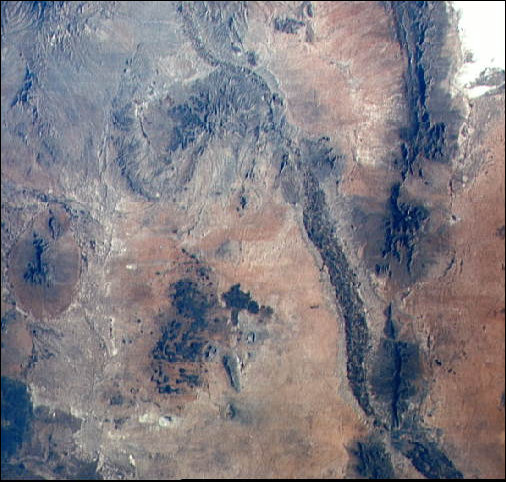

Students sometimes have a problem with the concept of ecological barriers. A barrier is a set of ecological conditions that tends to keep a given kind of organism from passing. Examples are a river for an organism that doesn't swim and the montane forests of a mountain range for a desert organism. The students' difficulty seems to be a lack of realization that a barrier has to be defined in terms of the organism. Is a river a barrier? Depends. Certainly not for many kinds of fish, but many small rodents find permanent water difficult to bypass. So, depending on the animal, a river can either be a barrier or a dispersal route. As with so many things, man nowadays has a hand in making and breaking barriers. Highways often form at least partial barriers to various creatures; but on the other hand, bridges may allow bypassing a once formidable barrier.
Of course, the necessity to pass a course where a definition of a
barrier is critical may in itself be an unsurmountable barrier to some students.

Contributor: Arthur H. Harris, Laboratory for Environmental Biology, Centennial Museum, University of Texas at El Paso.
Desert Diary is a joint production of the Centennial Museum and KTEP National Public Radio at the University of Texas at El Paso.

View of a portion of the northern Chihuahuan Desert from space (Apollo 6). White Sands is visible in the upper right corner; to its left and running south (toward bottom of image) are the San Andres, Organ, and Franklin mountains. Running diagonally from near the upper center of the photograph to near the bottom right corner is the Rio Grande Valley. All of these structures (and others visible) could qualify as barriers or as avenues of dispersal, depending on the organism. Photograph courtesy of NASA.